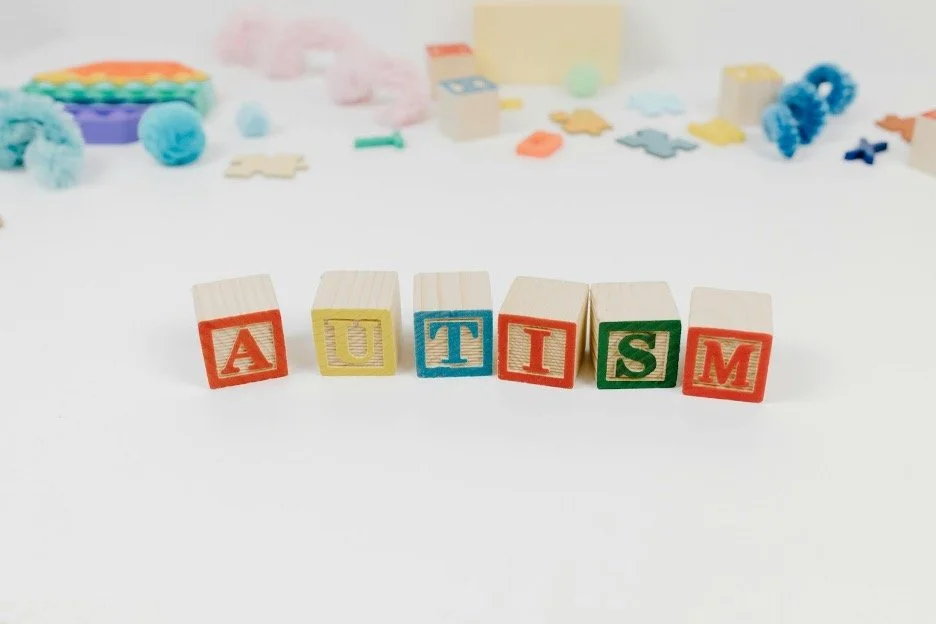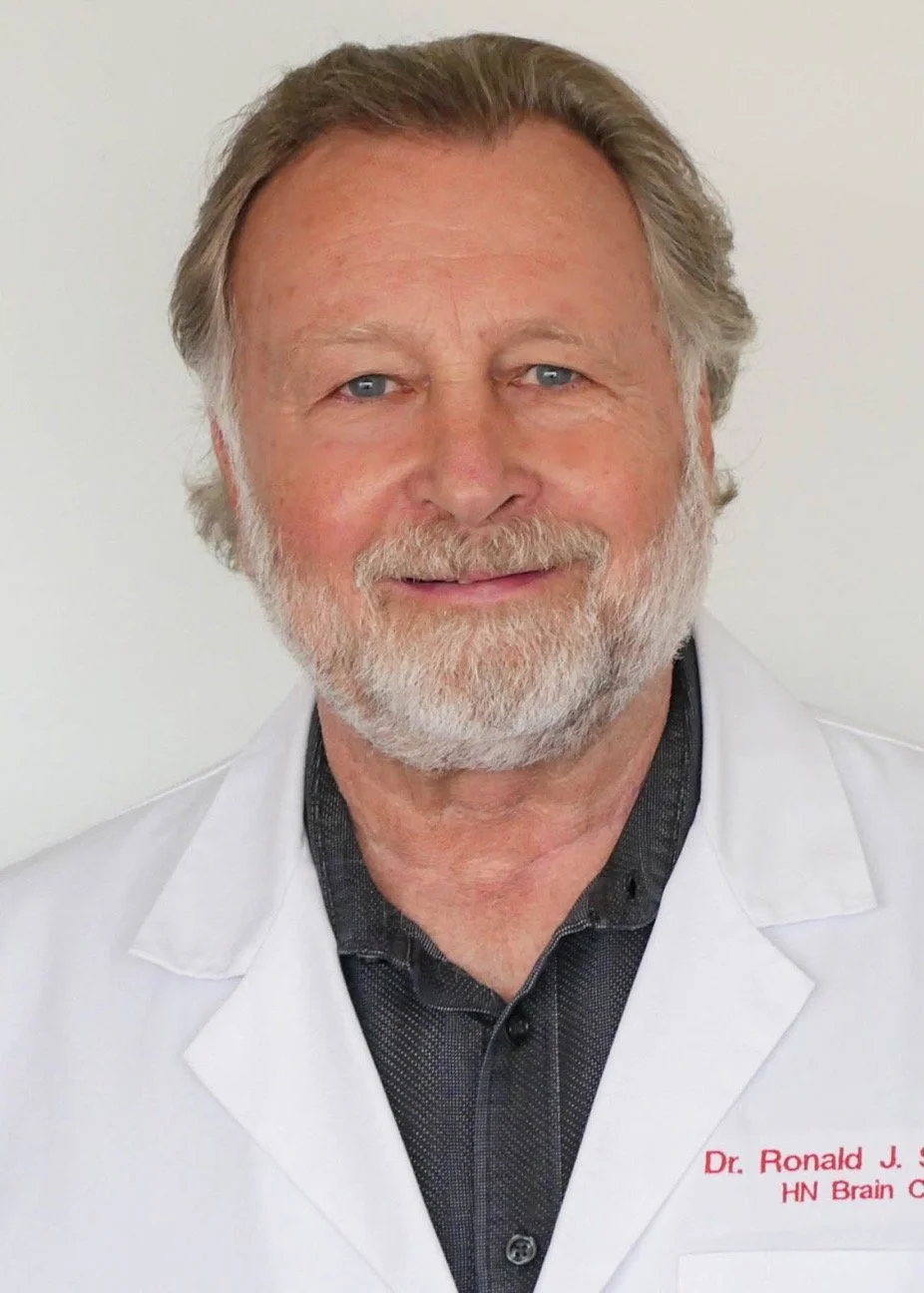Neurofeedback for Self-Management of Mental Disorders
Overview
If you're struggling with mental health conditions like depression or anxiety, you might be interested in learning about neurofeedback therapy. Also known as EEG biofeedback, this innovative therapy helps people regulate their brain activity. It can be a helpful option when traditional treatments like medication are not effective or come with unwanted side effects. Let's explore how neurofeedback works and how it can be incredibly beneficial for improving your mental well-being.
What is Neurofeedback Therapy and How Does it Work?
Neurofeedback therapy [1] is a type of treatment that can be used for a multitude of mental health issues. Its goal is to retrain the brain so that people can better control their thoughts and emotions. This therapy is often used to help with anxiety, depression, attention deficit hyperactivity disorder (ADHD), and post-traumatic stress disorder (PTSD), among other mental health conditions and cognitive difficulties.
During a neurofeedback therapy session, special EEG sensors are used to track your brainwaves. The electrical activity of the patient's brain is measured by electrodes placed on their scalp, and the data is subsequently processed and analyzed by a computer program. This allows patients to receive feedback about their brain wave patterns through real-time monitoring.
The goal of neurofeedback is to modify specific brainwave patterns that appear to be abnormal. After receiving feedback on your brainwaves, you can slowly begin to understand what helps your brain function better or worse. Then, with the help of a neurofeedback practitioner and various special methods and games, you gradually train your brain to perform better. For example, if you notice that your brain works best when you are calm and focused, you can learn to use particular methods through neurofeedback to achieve this state when you find it difficult to concentrate.
Neurofeedback therapy offers a plethora of benefits for improving mental health [2]. Its efficacy has been demonstrated through reducing symptoms of anxiety, depression, and ADHD, as well as decreasing impulsivity, increasing attention span, managing stress, enhancing sleep quality, and more. Plus, it's a comprehensive and long-term approach to treating mental health issues as it's non-invasive and does not require any sort of medication.
The Brainwave Activity Behind Mental Disorders
Scientists and mental health professionals have been diving deep into the fascinating world of brainwave activity in mental disorders. Their goal? To unravel the complex neural mechanisms at play and pave the way for cutting-edge diagnostic tools and treatment options. By shining a light on these inner workings, they hope to revolutionize therapeutic approaches and provide much-needed support to people grappling with these conditions.
ADHD
ADHD [3] is a developmental disorder that affects people of all ages. Its hallmark symptoms include persistent inattention, impulsivity, and hyperactivity. ADHD is one of the most common childhood disorders, affecting about 5–10% of children worldwide [4], while its prevalence in adults ranges from 2-5% [5].
Symptoms of ADHD can significantly impact daily life, for example:
Attention problems lead to difficulties with concentration, easy distractibility, and forgetfulness.
Impulsivity often results in hasty actions, interrupting others, and more.
Hyperactivity can lead to restlessness, agitation, as well as difficulty remaining still.
One of the main brainwave patterns that is associated with ADHD is an increase in theta waves. Theta waves are typically present during states of deep relaxation or light sleep, but in people with ADHD, they may be more prevalent during awake and active periods. This increase in theta activity is thought to contribute to difficulties in sustaining attention, focus, and impulse control. Therapeutic interventions like neurofeedback can help patients learn to modify these brainwave patterns and improve their symptoms.
Depression
Depression is characterized by persistent feelings of sadness, loss of interest and pleasure, changes in appetite or weight, sleep disturbances, decreased energy, feelings of worthlessness and guilt, difficulty concentrating, and recurrent thoughts of death or suicide. There are several types of depression:
1. Major Depressive Disorder (MDD) or Clinical Depression
This type of depression involves experiencing severe and persistent depressive mood for at least two weeks or longer. People with MDD often struggle with daily activities and lose interest or pleasure in activities they once enjoyed.
2. Persistent Depressive Disorder (PDD) or Dysthymia
This is a chronic form of depression that usually lasts at least two years in adults. Its symptoms include feeling depressed most of the day, as well as symptoms such as low self-esteem, poor appetite or overeating, sleep disorders and lack of energy.
3. Seasonal Affective Disorder (SAD)
This depression is more common at times of the year when there is less natural sunlight. SAD symptoms include mood swings, increased sleepiness, weight gain, and carbohydrate cravings.
Depression can stem from various sources such as genetics, environment, trauma, abuse, illnesses, drugs, and substance abuse. The brainwave patterns associated with depression are generally an increase in slow wave activity, particularly in the delta and theta brainwave frequencies. These slower brainwaves are often linked to feelings of sadness, fatigue, and cognitive impairment, all common symptoms of depression. Patients facing these challenges can find relief with neurofeedback by altering the brainwave activity tied to their depression.
PTSD
PTSD most commonly develops after experiencing a traumatic event. Its symptoms include intrusive thoughts, memories of the traumatic event, nightmares, avoidance of trauma-related triggers, negative changes in thoughts and mood, and heightened vigilance or hypervigilance.
In people with PTSD, research has shown that there may be an imbalance in brainwave activity, particularly in the beta and theta waves. Neurofeedback therapy can be used to help alter these patterns and achieve a more balanced state.
Anxiety
People suffering from anxiety typically experience worry, irritability, difficulty concentrating, sleep difficulties, and occasionally physical symptoms such as rapid heartbeat and shortness of breath. The causes of anxiety can vary from genetic predisposition and experiencing traumatic events to ongoing stress or major life changes.
Anxiety is often associated with an increase in beta brainwaves. Beta brainwaves are fast-acting and are typically present when we are alert, focused, and actively thinking. When someone is experiencing anxiety, their brain may be in a state of hyperarousal, with an excess of beta brainwaves present. This can lead to racing thoughts, feelings of restlessness, and heightened stress levels. Through neurofeedback training, those with anxiety can work towards reducing excessive beta waves and promoting more relaxed states of alpha and theta brainwave patterns.
Autism
Autism Spectrum Disorder (ASD) is a developmental disorder that affects social interaction, communication, and behavior. It manifests as difficulties in social communication and interaction, struggles to establish mutual understanding, and maintaining relationships. People with ASD often exhibit repetitive movements, have a strong need for routines and sameness, and narrow interests that are abnormal in intensity or focus.
People with ASD are often observed to have increased theta waves and decreased alpha waves. These altered brainwave patterns can contribute to the social, communication, and behavioral challenges that individuals with autism commonly experience. Through neurofeedback, people with autism can learn to increase their alpha brainwaves, leading to improved focus, relaxation, and emotional regulation. By reducing excessive theta waves, individuals may experience improved attention, impulse control, and social interaction skills.
Boosting Self-Awareness and Mindfulness
As people engage with neurofeedback, they become more aware of their thoughts, emotions, and behaviors as they observe changes in their brainwave patterns. This increased self-awareness allows individuals to recognize patterns of negative thinking or emotional reactions, and make conscious efforts to change them. By training the brain to operate more efficiently and effectively, individuals can experience improved focus, attention, and emotional regulation.
Incorporating mindfulness practices into neurofeedback sessions can further enhance self-awareness. Mindfulness involves being present in the moment, non-judgmentally observing thoughts and feelings, and cultivating a state of calm awareness. By combining neurofeedback with mindfulness techniques, individuals can develop a deeper understanding of their mental processes and learn to respond to stressors in a more mindful and intentional manner. This integration of neurofeedback and mindfulness can lead to increased self-awareness, emotional resilience, and overall well-being.
Natural and Medication-Free Approach
Neurofeedback is a safe and natural option to manage mental health issues like anxiety, depression, ADHD and PTSD, unlike medicines, which many times lead to undesired secondary effects or addiction problems. With time, people can unlearn their brain this way, making it operate on balance and in the most preferred method, thereby making an improvement in the symptoms.
It is a highly individualized therapy, as each session is designed based on the person’s particular brain activity patterns. Your mental health symptom root causes can be addressed through neurofeedback because it targets specific parts of your brain that are either under-active or over-active hence leading to long-term improvements.
Summary
Neurofeedback is an exciting and powerful tool for improving mental health. As research and technology continue to evolve, the possibilities for using neurofeedback to treat mental disorders are endless. Don't put off seeking help – the time to start therapy is now. Take control of your mental well-being and make a positive change today.
Dr. Ronald J. Swatzyna, Ph.D., is a licensed clinical social worker and the Director/Chief Scientist of Neurophysiology Research at the Houston Neuroscience Brain Center. With 25 years of experience, he's a board-certified expert in neurofeedback and biofeedback. Dr. Swatzyna has published numerous papers and is renowned for integrating EEG and qEEG data into psychiatric practice [6]. Additionally, he's the Founder of Clinical NeuroAnalytics, LLC, and his personal journey through a traumatic brain injury and posttraumatic stress disorder fuels his expertise in brain dysfunction. For more information about qEEG brain mapping, neurofeedback, and biofeedback in Colorado, visit Braincode Centers [7].
References
Rachel Ragsdale, LPC, BCN, Neurofeedback (EEG Biofeedback) At Braincode Centers [Internet]. Available from: https://www.braincodecenters.com/drug-free-treatment-brain-training/neurofeedback-eeg-biofeedback
Jerico Espinas, Addressing Global Mental Health: The Role of Sustainable Development Goals [Internet]. Available from: https://www.juxtamagazine.org/editorial/addressing-global-mental-health-the-role-of-sustainable-development-goals
Meredith Blaise, ADHD and the “Culture” of Psychology: A Call to Reinvestigate Biomedical Universality [Internet]. Available from: https://www.juxtamagazine.org/editorial/adhd-and-the-culture-of-psychology-a-call-to-reinvestigate-biomedical-universality
United States government Statistics, Attention-Deficit/Hyperactivity Disorder (ADHD) [Internet]. Available from: https://www.nimh.nih.gov/health/statistics/attention-deficit-hyperactivity-disorder-adhd
J Glob Health, The decreasing prevalence of ADHD across the adult lifespan confirmed. 2022. [Online]. Available from: https://www.ncbi.nlm.nih.gov/pmc/articles/PMC9197091/
Ronald J Swatzyna, PhD, LCSW, BCN, NeuroConnections. Spring 2014 [Online]. Available from: https://www.braincodecenters.com/images/ResearchLibrary/2014neurobiomarkersinadhd.pdf
Rachel Ragsdale, LPC, BCN, Neurofeedback, Counseling, and More To Help You Achieve Optimal Brain Health [Internet]. Available from: https://www.braincodecenters.com/







